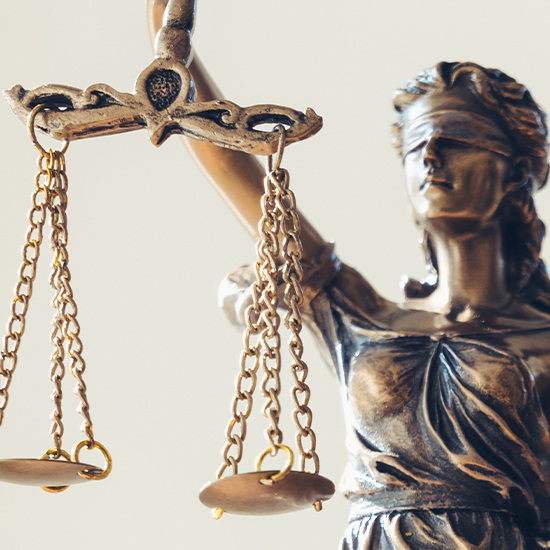Architectural Copyright Infringement Disputes
There is an old adage in the design professional community that “… an architect’s instruments of service are his stock in trade.” So what happens if an architect prepares designs and plans for a project and the owner terminates the architect’s services before the project is completed? This scenario raises questions, such as:
- Can the owner continue to use the architect’s plans after it (the owner) terminated the architect’s services?
- If the owner continues to use the architect’s plans, does the owner have to compensate the architect?
- What is the owner’s liability for continued use of the architect’s plans?
In 1990, the federal copyright law was broadened to protect the copying of architectural drawings as well as the duplication of architectural “designs.” Thus, architects who apply for federal copyright protection for their drawings and other copyrightable materials receive protection against the unlicensed “copying” of those works.
Just over a decade ago, the lawyers at Goldberg & Banks helped establish the federal copyright law as it pertained to architectural drawings in the case of Nelson-Salabes, Inc. v. Morningside Development, LLC, 284 F.3d 505 (D. Md. 2002). In that case, the United States Fourth Circuit Court of Appeals addressed the circumstances under which an owner could obtain an implied nonexclusive license to use an architect’s plans after it terminated the architect’s services on the project.
In addition, many industry forms – including the forms promulgated by the American Institute of Architects – contain very specific protections against unauthorized use of the Architect’s Instruments of Service. For example, AIA Document B-101 (2007 Edition) provides:
§ 7.3 Upon execution of this Agreement, the Architect grants to the Owner a nonexclusive license to use the Architect’s Instruments of Service solely and exclusively for purposes of constructing, using, maintaining, altering and adding to the Project, provided that the Owner substantially performs its obligations, including prompt payment of all sums when due, under this Agreement. The Architect shall obtain similar nonexclusive licenses from the Architect’s consultants consistent with this Agreement. The license granted under this section permits the Owner to authorize the Contractor, Subcontractors, Sub-subcontractors, and material or equipment suppliers, as well as the Owner’s consultants and separate contractors, to reproduce applicable portions of the Instruments of Service solely and exclusively for use in performing services or construction for the Project. If the Architect rightfully terminates this Agreement for cause as provided in Section 9.4, the license granted in this Section 7.3 shall terminate.
AIA Document B-101 (2007 Edition) also addresses the concerns raised above regarding whether the owner can continue to use the architect’s instruments of service if it (the owner) terminates the architect’s services on the project. In this regard, B-101 provides that an owner may continue to use the architect’s instruments of service, solely for purposes of completing, using and maintaining the project, following termination if it pays a specified fee to the architect. If the owner uses the architect’s instruments of service without authorization, it (the owner) releases the architect from liability for any claims or causes of action arising out of the unauthorized use of the instruments of service.
Between their experience in addressing architectural copyright issues for private clients and their experience as outside legal counsel to the AIA, Howard Goldberg and Robin Banks are well versed in the intellectual property rights of the design professional. If you would like a consultation on these issues, please call 443.641.9422.






